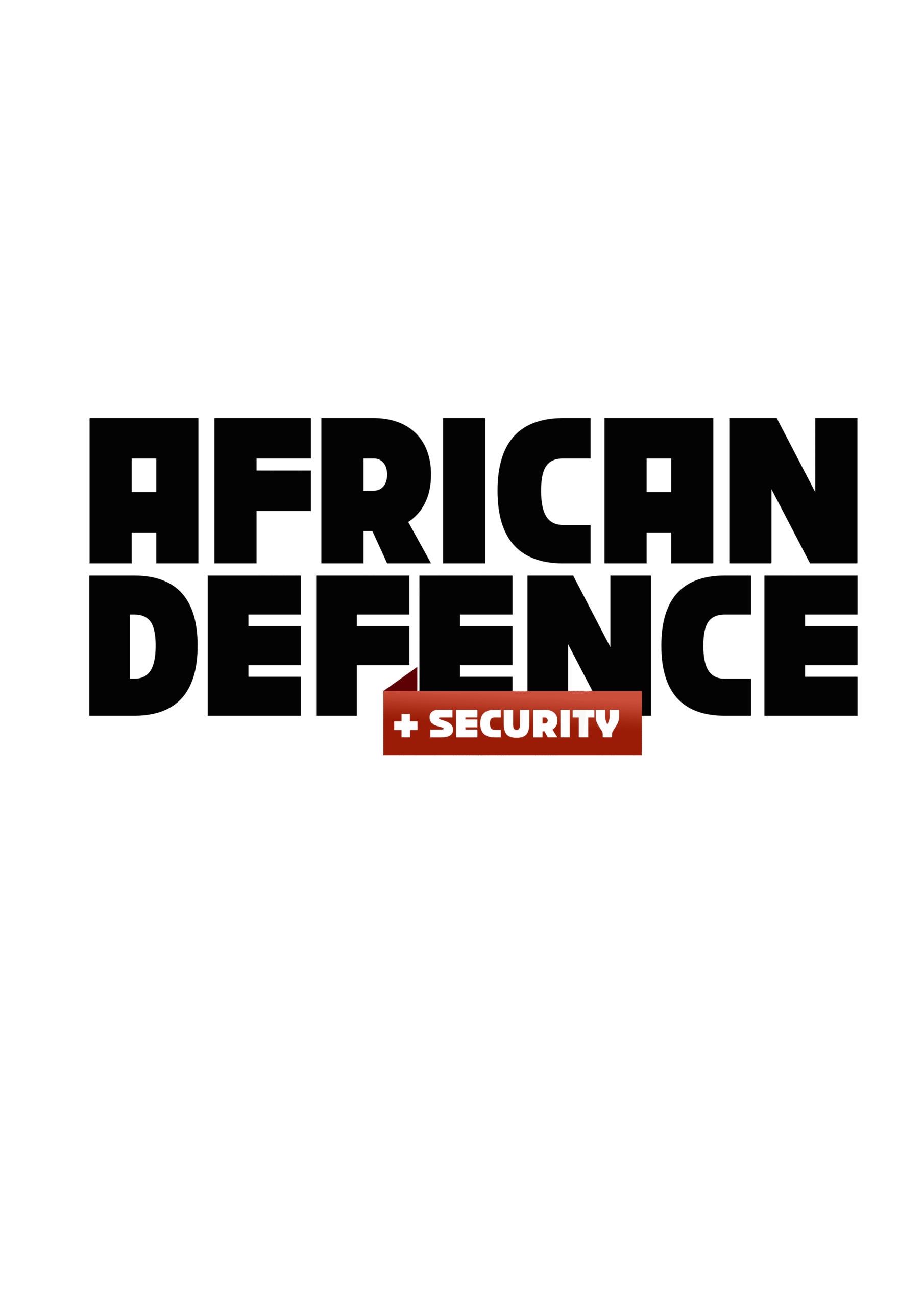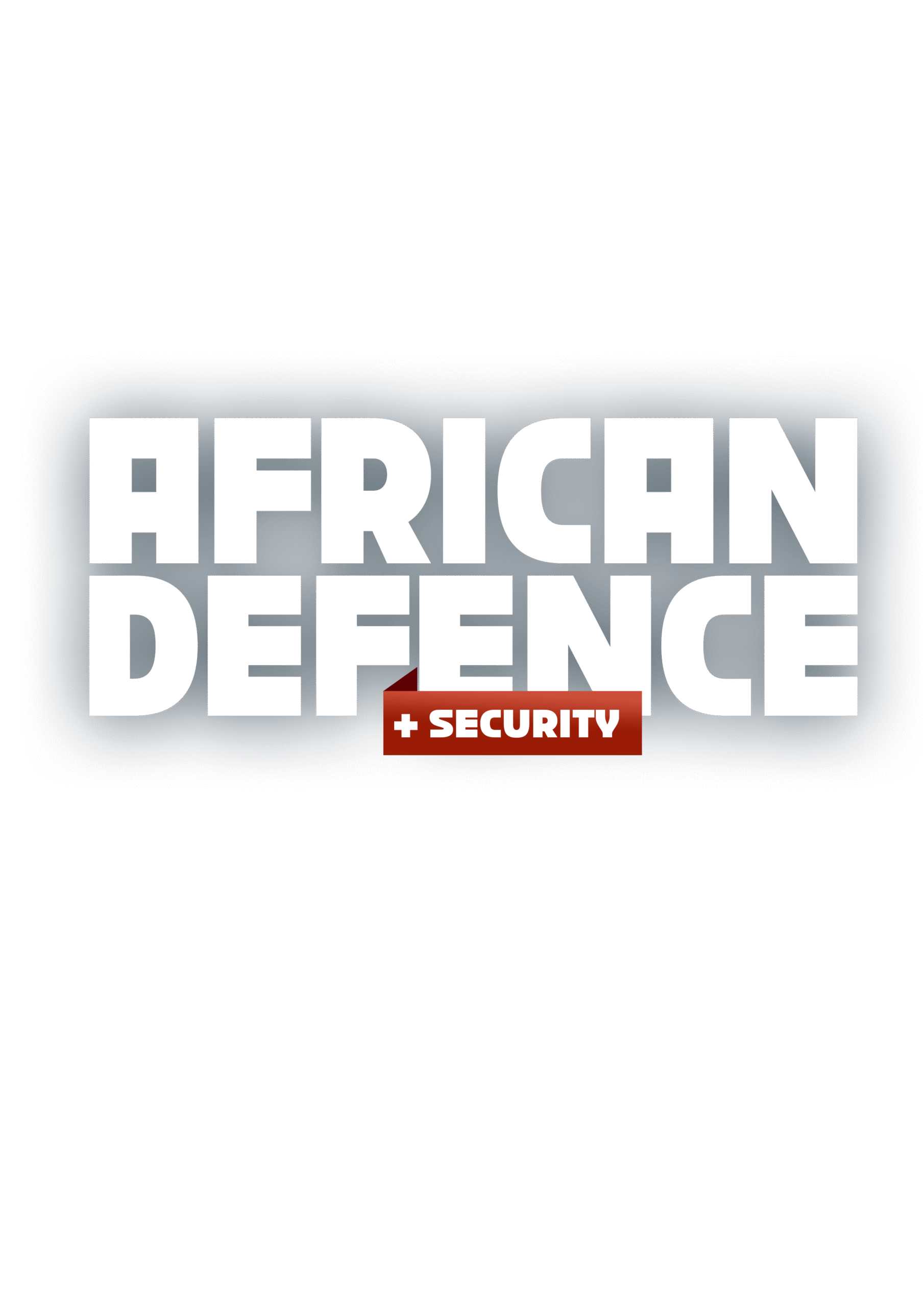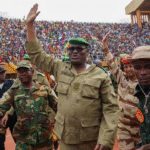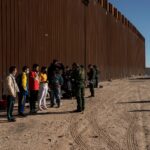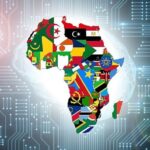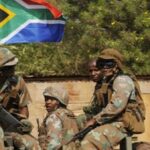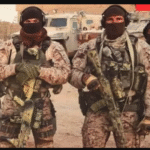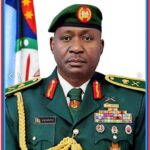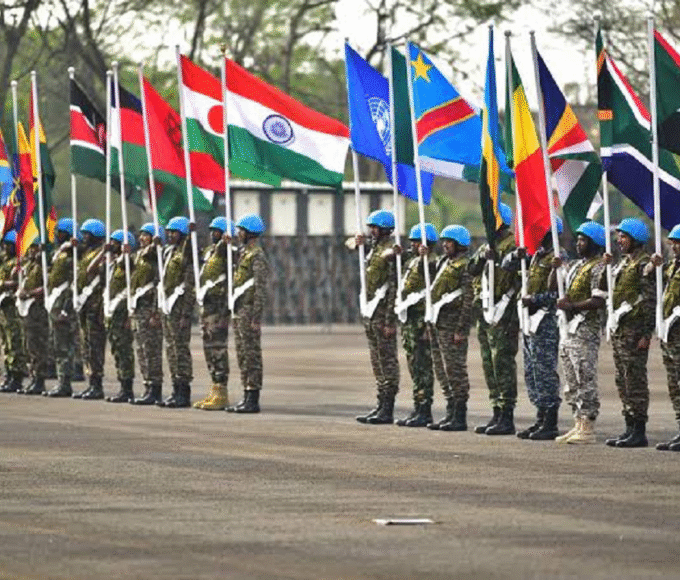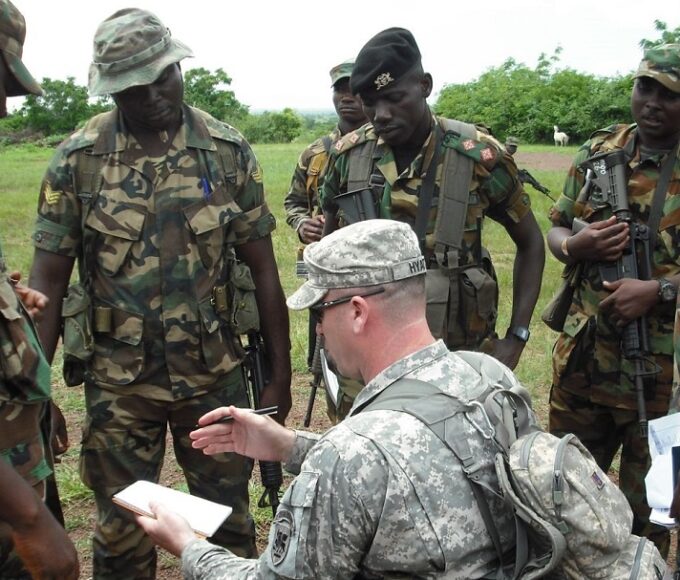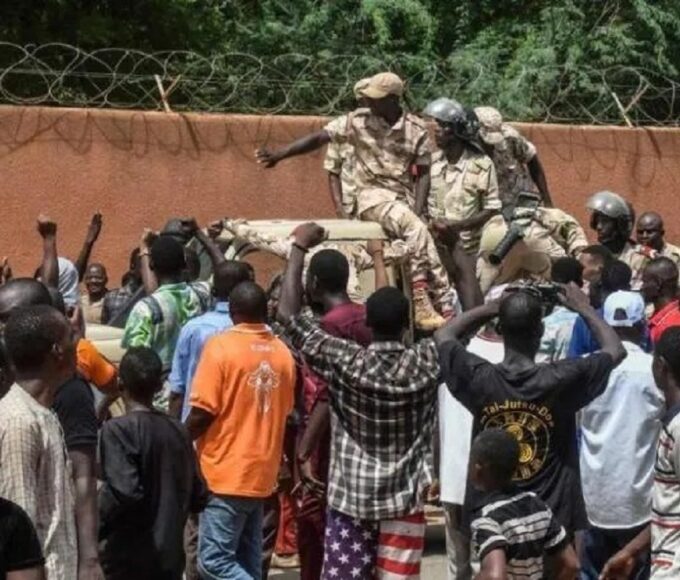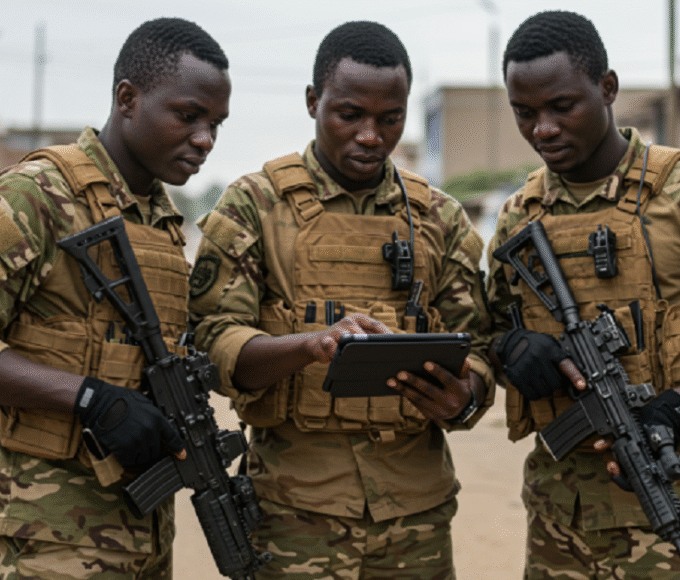Inside Africa’s Defence Diplomacy Archives: Treaties, Pacts and Strategic Alliances

Inside war rooms and presidential palaces across Africa, a quieter battlefield has long defined the continent’s security trajectory — not one of boots and bullets, but of ink and intention. From historic non-aggression accords to modern intelligence-sharing compacts, the strategic scaffolding of Africa’s defence diplomacy lies in its treaties, pacts, and military alliances. These are the instruments that knit together sovereign ambitions, contain rivalries, and quietly shape the projection of power across borders.
As threats grow more transnational and partnerships more multipolar, Africa’s security diplomacy is being tested—and transformed. What was once symbolic is now strategic. What was once a colonial legacy is now a sovereign assertion.
The Early Blueprints: Pan-African Aspirations and Cold War Alignments
Defence diplomacy on the continent was born out of necessity. In the post-independence wave of the 1960s and 70s, Africa’s newly sovereign states sought to prevent external interference and contain internal upheavals. The 1963 OAU Charter, though deliberately cautious about mutual military commitments, laid the groundwork for collective security thinking.
By the 1980s, Cold War dynamics shaped many military alliances. Egypt, Somalia, and Ethiopia navigated between Soviet and American patronage, with treaties reflecting ideological fluidity rather than regional unity. Libya’s Muammar Gaddafi attempted pan-African military integration through high-profile summits, while South Africa’s apartheid regime isolated itself with domestic militarisation and secretive regional incursions.
What was missing then was a structured continental framework — one grounded in shared African interests rather than foreign polarities.
The Abuja Treaty and the African Union’s Defence Vision
The turning point came in 1991 with the Abuja Treaty, which sought to establish the African Economic Community and foreshadowed security integration. This was followed by the 2002 transformation of the OAU into the African Union, accompanied by the Protocol Relating to the Establishment of the Peace and Security Council (PSC).
The PSC became the political engine behind Africa’s defence diplomacy. It oversaw the African Standby Force (ASF) concept and introduced new norms for intervention, including the right of the Union to intervene in member states in cases of war crimes, genocide, or crimes against humanity.
Yet real traction came not at the AU level alone, but in bilateral and regional pacts negotiated in response to real-time crises.
Bilateral Defence Pacts: Quiet Tools of Influence and Insurance
Across the continent, dozens of bilateral defence agreements now define who trains with whom, who shares intelligence, and who responds in crisis.
- Nigeria–Cameroon Joint Border Security Pact: After decades of tensions over the Bakassi Peninsula, both countries signed agreements on joint patrols, intelligence exchange, and conflict resolution frameworks. What was once a flashpoint is now a zone of pragmatic cooperation.
- Egypt–Sudan Strategic Cooperation Agreement (2021): Amid tensions with Ethiopia over the Grand Ethiopian Renaissance Dam, Cairo and Khartoum formalised military cooperation with joint drills, base access, and intelligence fusion. Their air forces began joint patrols near disputed border zones — signalling a new depth of strategic alignment.
- Rwanda–Mozambique Agreement (2021): Not just a deployment, but a full agreement that defined rules of engagement, timelines, and post-conflict reconstruction roles. Kigali’s involvement in Cabo Delgado became a blueprint for bilateral African interventionism.
These pacts are not merely technical. They communicate intent, align threat perceptions, and shape regional balances.
Multilateral Security Accords: Shaping Regional Geometry
Africa’s eight officially recognised Regional Economic Communities (RECs) — including ECOWAS, SADC, and IGAD — have all brokered multilateral defence protocols. These include:
- The SADC Mutual Defence Pact (2003): A binding agreement that any attack on one member is considered an attack on all — SADC’s closest analogue to NATO’s Article 5. Though untested in direct application, it provides legal cover for joint operations such as SAMIM in Mozambique.
- The ECOWAS Protocol on Non-Aggression (1978) and the Mechanism for Conflict Prevention, Management, Resolution, Peacekeeping and Security (1999): These frameworks allowed for ECOMOG deployments and remain the foundation of ECOWAS’ security legitimacy.
- The EASF Memorandum of Understanding (2005): Though less utilised, it provides East Africa with the legal tools to deploy in regional emergencies — a potential sleeping giant of African defence diplomacy.
External Actors, Internal Leverage
Africa’s defence diplomacy is also shaped by its partnerships beyond the continent. Military cooperation agreements with France, Russia, China, Türkiye, the United States, and Gulf States are reshaping Africa’s strategic alignments.
- France has defence pacts with several Sahelian countries, often involving base access, training, and air support. But growing anti-French sentiment has put these pacts under scrutiny.
- Russia’s Defence Cooperation Agreements with over 20 African nations now include arms deals, training missions, and private military contractors, most visibly in Mali and the Central African Republic.
- The US Africa Command (AFRICOM) framework is underpinned by multiple Status of Forces Agreements (SOFAs), allowing joint exercises, anti-terrorism training, and drone operations in East and West Africa.
Critics argue that such external pacts may compromise sovereignty or reflect a new era of “defence dependency.” Proponents see them as pragmatic tools in a multipolar world.
Transparency, Trust, and the Path Forward
Despite the proliferation of treaties, secrecy still clouds many agreements. Civil society actors and parliamentary bodies in Africa often lack access to the full texts of military pacts — raising concerns about democratic accountability and long-term strategic clarity.
Analysts warn that opaque agreements may entangle countries in conflicts without public mandate, especially when foreign troops or bases are involved.
To address this, some states are moving towards transparency:
- South Africa publishes summary defence pacts in its Defence White Papers.
- Ghana’s Parliament now debates major military cooperation agreements, including controversial SOFA pacts.
- Kenya’s Ministry of Defence launched a portal listing key international military accords — a rare move toward public engagement.
Africa’s defence future may not be shaped by firepower alone, but by the agreements that preempt its use. In a world of shifting alliances and volatile borders, treaties are not just ceremonial relics — they are strategic instruments.
Whether in bilateral quiet or multilateral chorus, defence diplomacy in Africa is maturing. Its archives are no longer just paper. They are maps — of trust, leverage, and African agency.
King Richard Igimoh, Group Editor ALO
King Richard Igimoh, Group Editor African Leadership Organisation is an award-winning journalist, editor, and publisher with over two decades of expertise in political, defence, and international affairs reporting. As Group Editor of the African Leadership Organisation—publishers of African Leadership Magazine, African Defence & Security Magazine, and Africa Projects Magazine—he delivers incisive coverage that amplifies Africa’s voice in global security, policy, and leadership discourse. He provides frontline editorial coverage of high-profile international events, including the ALM Persons of the Year, the African Summit, and the African Business and Leadership Awards (ABLA) in London, as well as the International Forum for African and Caribbean Leadership (IFAL) in New York City during the United Nations General Assembly.
Recent Posts
Categories
- Air & Aerospace15
- Border Security14
- Civil Security3
- Civil Wars4
- Crisis4
- Cyber Security4
- Defense15
- Diplomacy17
- Entrepreneurship1
- Events5
- Global Security Watch6
- Industry6
- Land & Army7
- Leadership & Training3
- Military Aviation2
- Military History27
- Military Speeches1
- Naval & Maritime8
- Resources1
- Security12
- Special Forces1
- Systems And Technology8
- Tech6
- Uncategorized3
- UNSC1
- Veterans6
- Women in Defence9
Related Articles
INDIA’S GROWING MILITARY PARTNERSHIPS WITH AFRICA
India’s engagement with Africa is undergoing a quiet but powerful transformation. What...
ByKing Richard Igimoh, Group Editor ALOOctober 14, 2025EVOLVING HORIZONS: TRAINING THE AFRICAN SOLDIER IN A CHANGING LANDSCAPE
The training of African soldiers has undergone a profound transformation in recent...
ByKing Richard Igimoh, Group Editor ALOOctober 2, 2025COLD WAR AFRICA: PROXY WARS AND THEIR IMPACT
The Cold War in Africa, spanning from the late 1940s to the...
ByKing Richard Igimoh, Group Editor ALOSeptember 26, 2025AI AND AFRICA’S MILITARY INTELLIGENCE: PROMISE AND PERIL IN A TRANSFORMING SECURITY LANDSCAPE
Africa’s military landscape is entering a new chapter, shaped by the rapid...
ByKing Richard Igimoh, Group Editor ALOSeptember 22, 2025